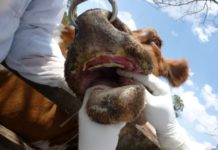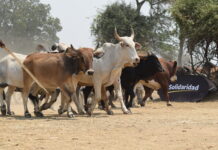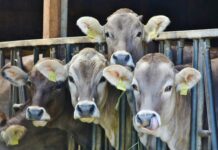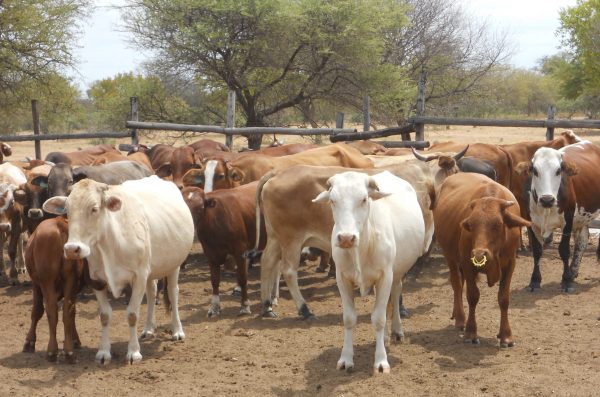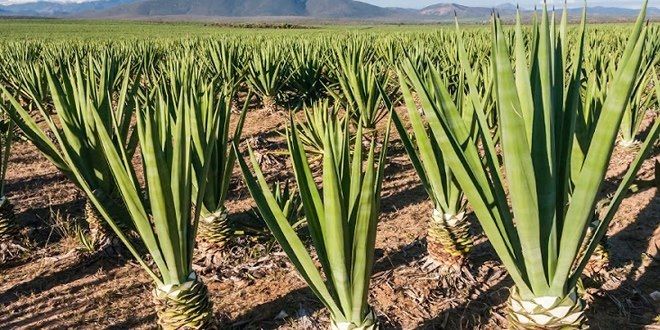
Scientists in Tanzania are exploring the potential of transforming sisal processing residues into animal feed, a move that could unlock new economic and environmental benefits for the East African country.
In this, the Tanzania Sisal Board (TSB) has partnered with local and international researchers to assess the nutritional value and feasibility of using by-products from sisal fiber extraction—mainly the juice and leaf residues—as raw materials for livestock feed.
The project is being developed in collaboration with the Tanzania Livestock Research Institute (TALIRI), the Sokoine University of Agriculture (SUA), and the International Livestock Research Institute (ILRI), under a broader initiative to improve feed resources in the country.
According to TSB Director General Dr. Selemani Kinyunyu, only about 4% of the sisal plant is used in fiber production, leaving over 90% of the biomass as waste. “We are looking into better ways of utilizing the residue from sisal, especially for livestock feed, to reduce waste and add value,” he said.
Preliminary research has shown that sisal leaf residue contains fermentable carbohydrates, essential minerals, and proteins, which could be beneficial for ruminant animals such as cattle, goats, and sheep. The studies are also exploring how to detoxify the by-products to make them safe for animal consumption, as raw sisal contains some anti-nutritional compounds.
The effort aligns with Tanzania’s broader goals of improving livestock productivity and sustainability by expanding feed options and making use of locally available materials. The livestock sector contributes about 7.4% to Tanzania’s GDP and supports millions of livelihoods, especially in rural areas.
Dr. Amos Omore, ILRI’s country representative in Tanzania, noted that turning sisal waste into feed could help bridge the country’s animal feed deficit while also easing pressure on conventional feed sources like maize and soy. “We are seeing an opportunity to transform a problem—waste—into a valuable input for the livestock value chain,” he said.
Additionally, utilizing sisal by-products could support environmental conservation by reducing waste accumulation and methane emissions from rotting biomass.
The project is still in its early stages, with researchers conducting laboratory analyses and small-scale feed trials. However, stakeholders are optimistic about the prospects. If successful, it could pave the way for large-scale feed formulation using sisal waste, revitalizing the sisal industry while supporting livestock farmers.
Tanzania is among the top five sisal producers in the world, and finding new uses for its by-products could strengthen the sector’s contribution to the economy. A full project report and policy recommendations are expected in 2025.



